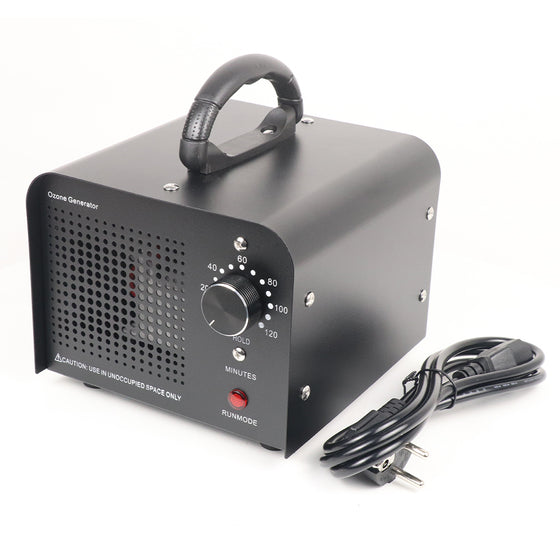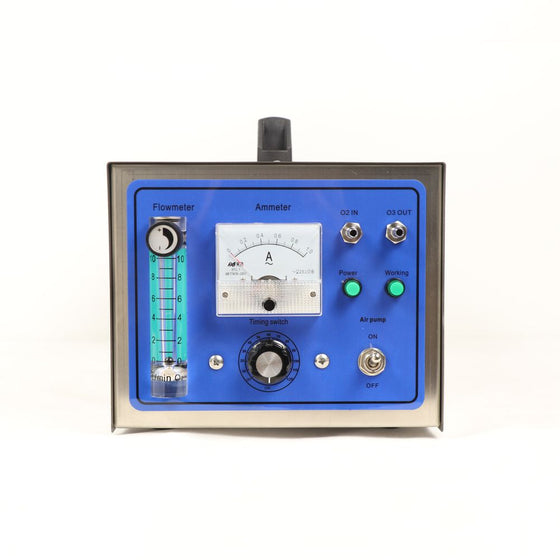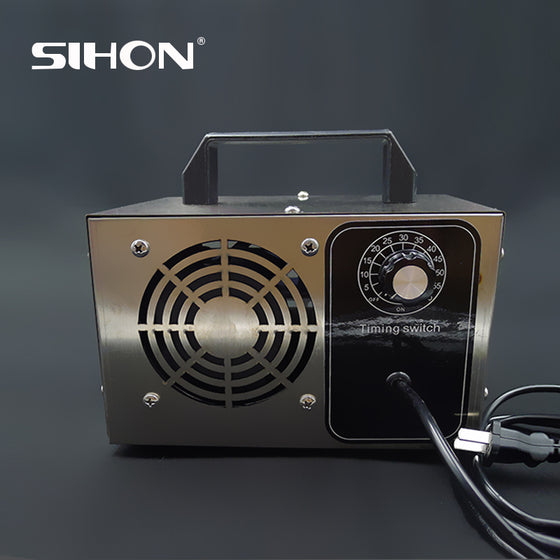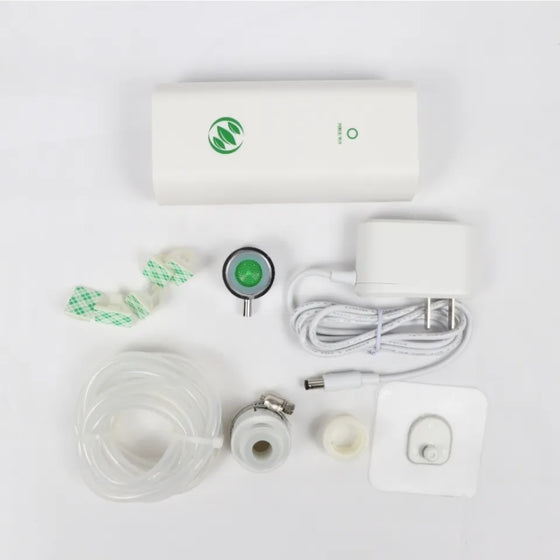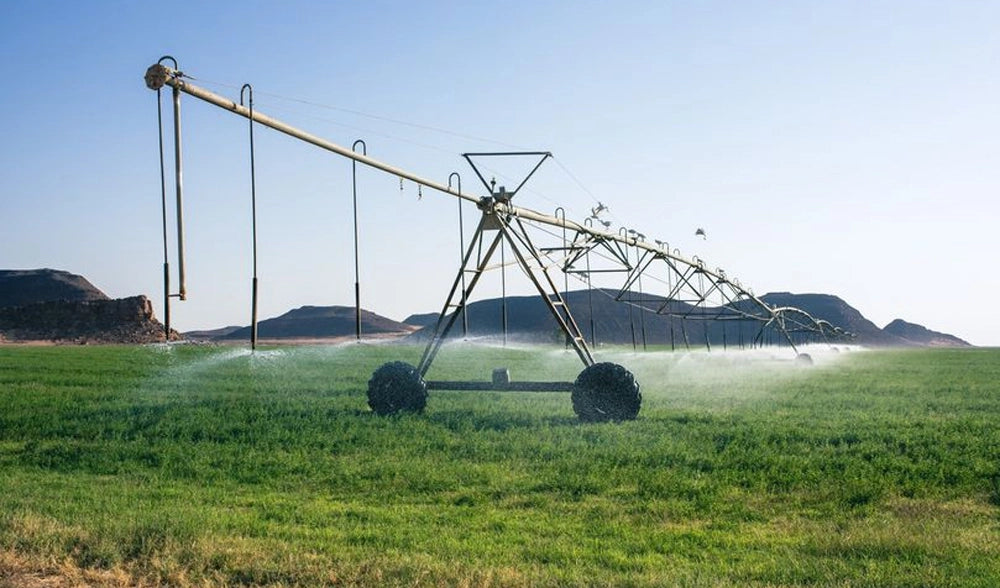A Comparison between Air Stones and Venturi Injectors

When making ozonated water, there are two primary techniques for dissolving ozone into water: air stones and venturi injectors. Each method possesses its own unique set of benefits and drawbacks, as well as specific use cases where it may be the most appropriate option.
Initially, ozone was introduced into water using air stones in large basins or tanks in early ozone applications. Ceramic stones were widely available and the use of tanks or basins provided a straightforward and efficient means of dissolving ozone into water. As ozone applications advanced and gained wider acceptance, alternative methods for dissolving ozone into water were explored.
In 1983, the Mazzei Injector Company began manufacturing specialized venturi injectors that were compatible with ozone for use in the ozone market. This resulted in the venturi injector being incorporated into the mainstream ozone market, catering to water flows and applications of all sizes.
Despite the fact that venturi injectors can provide better mass transfer efficiencies and require less space, the traditional air stones still has its uses even today.

Air Stones
Pros:
● Cost less
● Free of moving parts
● Setup process is easy
● No water pumps or elevated water pressures are required.
● Stable for long-term operation
Cons:
● An optimal depth range for tanks or basins to ensure efficient transfer of ozone is between 18 to 24 feet.
● As the ideal tank depths are often impractical in many scenarios, this transfer method tends to be less efficient.
● Air stones are prone to clogging and may need to be replaced at regular intervals.
● It can be challenging to employ them in high-pressure water flows.

Venturi Injectors
Pros:
● Ozone transfer is exceptionally efficient.
● It is an excellent choice for pressurized water systems.
● Increasing the amount of ozone that dissolves in water results in a reduction in the amount of ozone released into the air, leading to a safer environment.
● Containing ozone gas and maintaining a safe environment is made easier by reducing ozone off-gassing.
● A smaller system footprint and smaller tanks can be attained.
Cons:
● Compared to other options, the process usually demands more energy due to the necessary pressure differential across the venturi injector.
● It necessitates the use of pressurized flowing water.
● There is a higher likelihood of water flowing back into the ozone generator when the water is under pressure.
● Contaminated water can lead to the plugging or obstruction of a venturi injector.
Ozone Solubility
● The solubility rate of ozone gas in liquids increases at lower temperatures.
● The solubility rate of ozone gas in liquids increases with higher pressures.
● The solubility rate of ozone gas in liquids is enhanced by higher ozone gas concentrations.
What should be Considered when Choosing Air Stones
● When choosing an air stone, it is advisable to consider existing on-site tanks or contact basins that are suitable in terms of height.
● Stones may present challenges in capturing and handling off-gassed ozone. However, if the tanks are located outdoors or have adequate ventilation systems in place, a stone can be a straightforward solution.
● Air stones are ideal for clean water applications that demand low dissolved ozone levels since they don't require high ozone transfer rates.
Application Examples where Air Stones May be Competitive
● Tanks used for holding RO water
● The use of bottled water for various purposes.
● Outdoor water holding tanks used for well water applications.
● Large tanks or basins installed for drinking water applications.
What should be Considered when Choosing Venturi Injectors
● When higher levels of dissolved ozone are necessary, a venturi injector is recommended as it provides high transfer efficiency, essential in achieving the required dissolved ozone levels.
● Fluctuating water flow rates.
● Applications that involve the addition of ozone gas to pressurized water.
Application Examples where Venturi Injectors May be Competitive
● Sanitation applications that necessitate the use of water as the ozone carrier and demand high levels of dissolved ozone.
● Water treatment applications in new constructions where tanks have not yet been installed.
● Applications where limited space is a concern and a small system footprint is crucial.
● Ozone addition to well water applications under pressure.
New Arrivals
Leave A Reply
Your email address will not be published. Required fields are marked *
